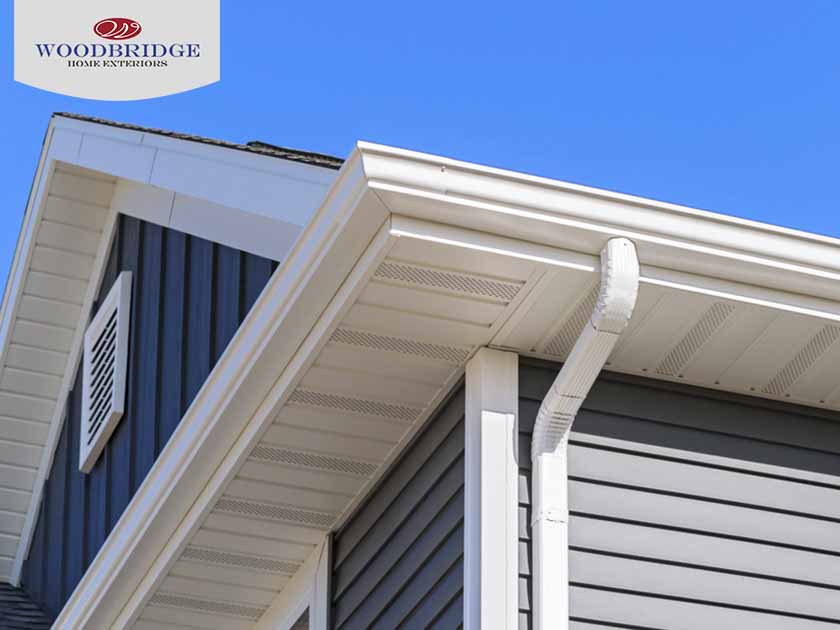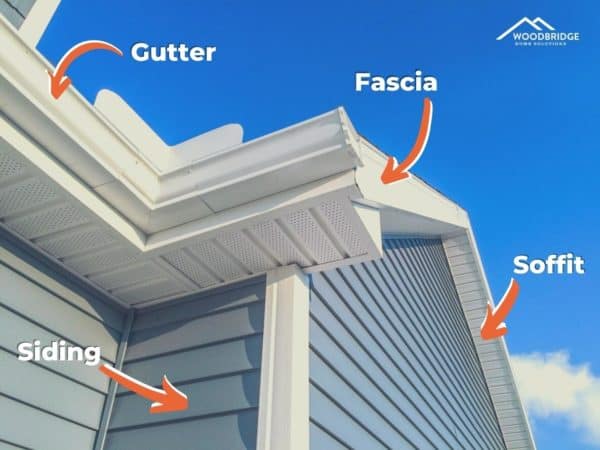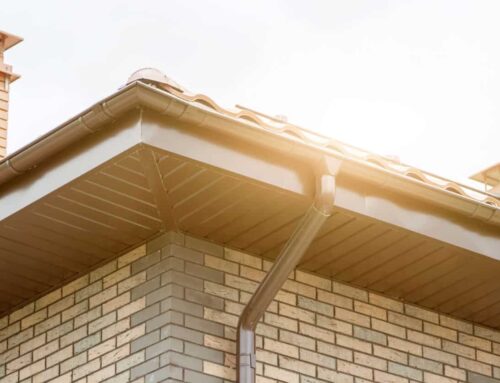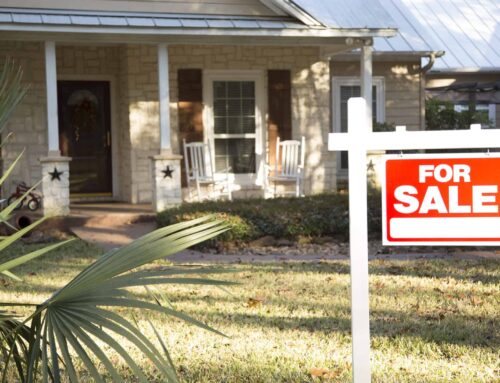
Of all the problems homeowners and siding companies deal with daily, none is as common and damaging as moisture. The warm and humid air from indoors always rises and often gets trapped in your roof. The water vapor in the air can often condense around the wooden rafters and beams that support the roof’s structure, promoting the spread of mold and fungus that can lead to rotting.
The best way to avoid this problem is with proper ventilation. Vents and registers are often installed on the soffits. Soffits are the wooden panels that cover the eaves of your roof, making it look finished and protecting it from damage. Let our experts at Woodbridge Home Solutions give you a few tips on properly venting your soffit to avoid moisture problems in your home.
Contents
Why Use Soffits?
Soffits are similar to a siding installation in that it covers up the “inner workings” or the structure of your home. Without them, a house will look bare and unfinished. Along with fascia boards, soffits help create a more cohesive look for your exteriors. Their purpose extends far more than aesthetics, however, because they protect the inside of your roof from outside elements.
The Problem With Soffits
While soffits are necessary for a complete roof, they can prevent proper air circulation and ventilation of your attics. This is why experts recommend installing soffit panels with vents throughout to allow air movement and give the hot, humid air an exit point out of your roof.
Ventilating Your Soffits
Proper air circulation is essential in regulating the humidity levels within your home and roof. Prompt home siding repair and replacement contribute as well to keeping your soffits in good working condition and preventing problems.
Are you a homeowner? Ask our professionals at Woodbridge Home Solutions about how we can help you install properly ventilated soffits for your home.






